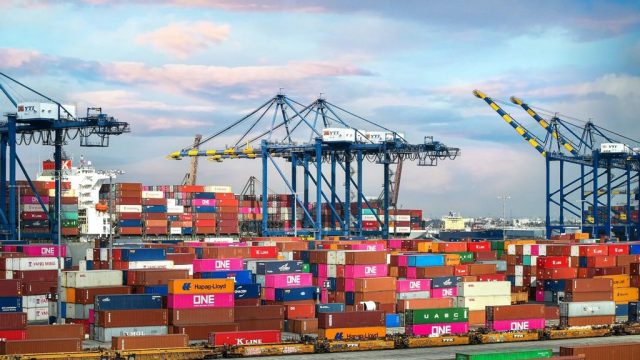
Eytan Buchman calls it a “shipstorm.”
Speaking from the Israeli headquarters of shipping firm Freightos, the chief marketing officer is referring to the confluence of events behind a global supply-chain crisis.
The COVID-19 pandemic triggered many of these events, such as increased online purchasing, labor shortages, port shutdowns and passenger flight cancellations.
There is a severe backlog at the world’s biggest ports, long delays in getting goods to consumers, and skyrocketing costs at every point along the way.
“It’s never been more expensive to ship and never less reliable to get there,” says Ami Daniel, CEO of maritime intelligence company Windward.
This is a problem of gargantuan proportions, with some $19 trillion worth of goods shipped annually across the globe. About 90 percent, by volume, travels aboard container ships.
Ffreight industry experts talk about the crisis and how Israeli technology can help.
Crazy logistical challenges
The ship began hitting the fan, so to speak, when the novel SARS-CoV-2 coronavirus spread in countries where much merchandise originates.

“In January and February 2020, the freight industry started to be impacted as we saw a drop in manufacture and export from Southeast Asia,” says Buchman.
“The biggest initial impact was on air cargo because there was less space and more demand. Half of air cargo travels on passenger planes and nobody was flying, but the need for medical gear and increased ecommerce spiked demand,” he said.
“Costs for air cargo increased 400 percent within weeks, and airlines had crazy logistical challenges because of quarantine requirements for crews.”
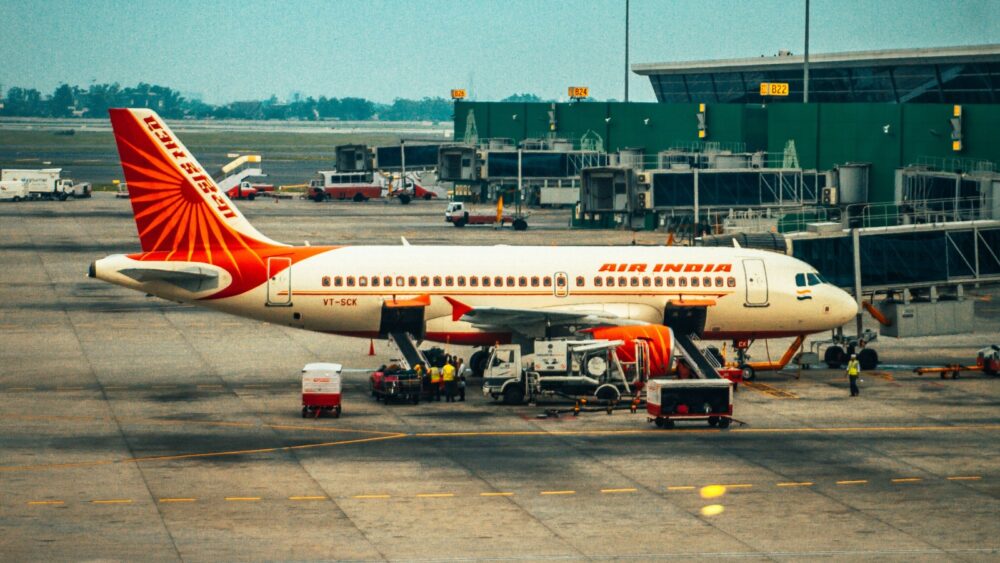
By summer, ocean cargo was in crisis mode due to “a massive shift from consumption of services to consumption of goods during lockdowns. Everyone was spending more on actual products, and more imports were needed,” says Buchman.
“Home Depot shelled out for their own chartered container ship. When Peleton wanted their bikes quickly, they flew them. Smaller companies have shifted sourcing. But everyone’s getting hit.”
Accidents, illness
Accidents, like the container ship stuck in the Suez Canal, and COVID-caused personnel shortages and port closings, led to unprecedented bottlenecks.
As a result, “If it used to take 35 days for items from a warehouse in China to reach the U.S., now it takes 71 days. If it used to cost $1,800 to ship a 40-foot container from China to the U.S., now it costs $22,000,” Buchman said.

Importers and consumers are willing to pay double or triple to make sure their merchandise arrives on time, said Nir Gartzman, co-founder and managing partner of Israeli maritime-focused venture capital firm theDOCK.
“The one industry that benefits most is shippers, with a huge peak of demand and willingness to pay,” says Gartzman.
“The 10 biggest shipping companies got tens of billions in net revenues this past year, more than their entire revenue for the past two decades. This is insane.”
The long-term solution, Gartzman said, “is more capacity and more containers, which is already happening. But it will take two or three years to build these vessels.”
Meanwhile, innovations from Israel are helping items reach their destination more efficiently and inexpensively. This is a critical issue with Black Friday, Cyber Monday and the December holidays fast approaching.
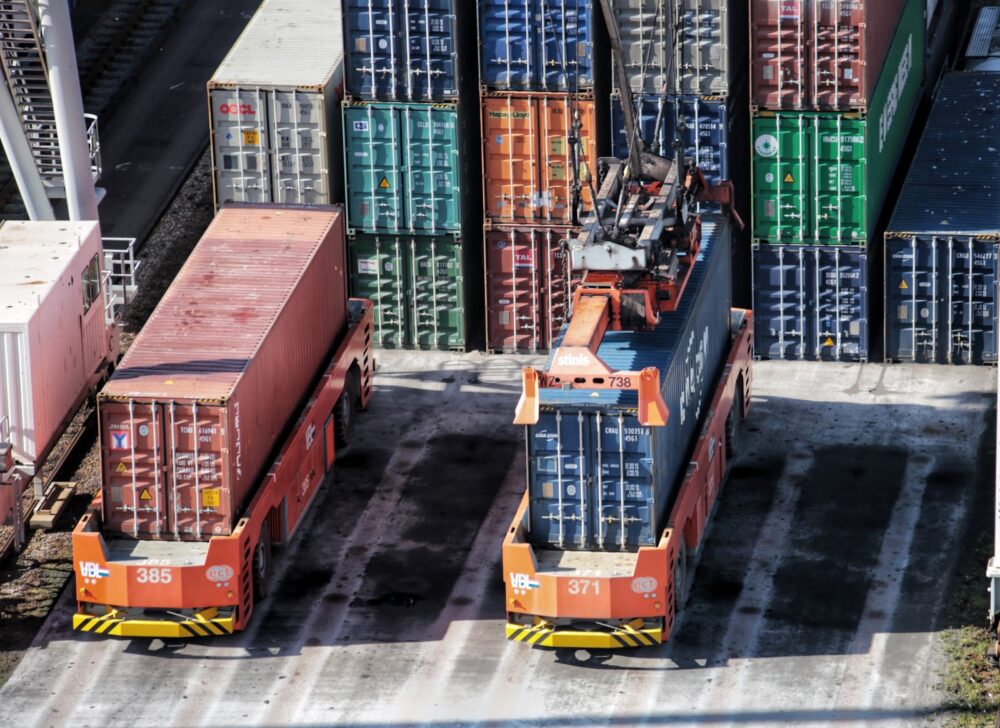
Travel agents for freight
Seven-year-old Freightos, now the largest freight marketplace in the world, pioneered pricing digitization for freight forwarders — the “travel agents” of freight.
Then Freightos began connecting freight forwarders directly to importers and exporters for price comparisons, bookings and shipping management.
The pandemic “woke up customers to the urgency for digitization, accelerate a trend that was already happening,” says Buchman.
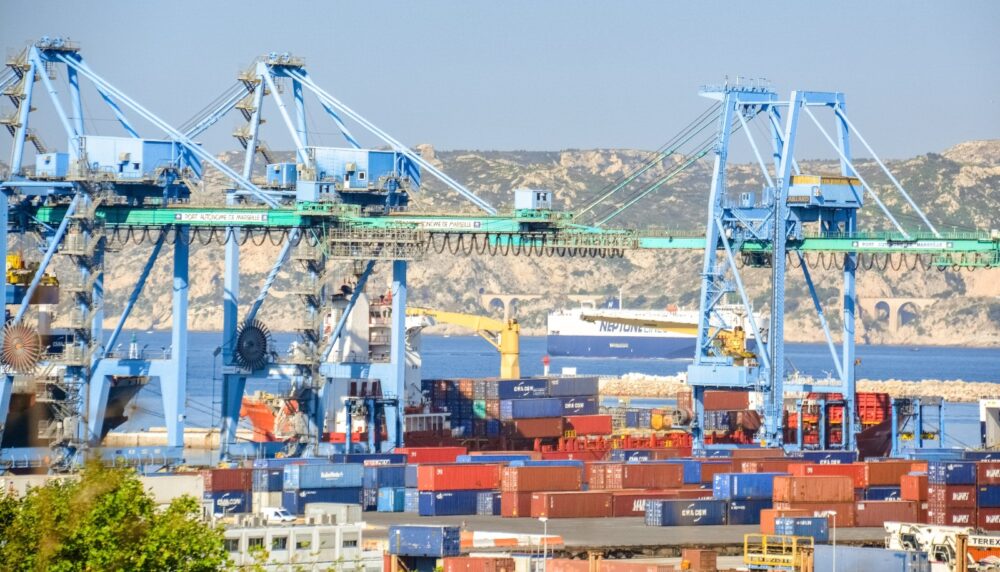
Now, he says, “We are building one global freight booking platform that connects all players in the international freight industry,” including importers, exporters (from giants like IKEA to individuals selling on Amazon from their basement), airlines, ocean liners and trucking companies.
“While airline passenger seats have been digitized for decades, there was no digitization on the same plane for cargo space. Airlines sell 85 percent of passenger seats while cargo holds are half empty,” says Buchman.
Through WebCargo, which Freightos acquired five years ago, the company also helps airlines manage and sell their space in real time. “You can lower the price for importers and improve revenue for airlines if you can improve space utilization in the hold.”
Data helps avoid bottlenecks, accidents
Gartzman says streamlining the shipping process “requires a lot more transparency and data sharing between stakeholders that didn’t collaborate in the past — such as shipping companies, freight forwarders and ports — about which container should go where, when.”
Some solutions target specific choke points.
One of theDOCK’s portfolio companies, WaveBL, built a blockchain-backed digital shipping platform to provide an electronic alternative to printed documents such as bills of lading.
The platform has been adopted by Israel’s ZIM Lines, Germany’s Hapag Lloyd and Ocean Network Express of Japan to shorten document issuance times, streamline cargo release and reduce administrative costs for customers.
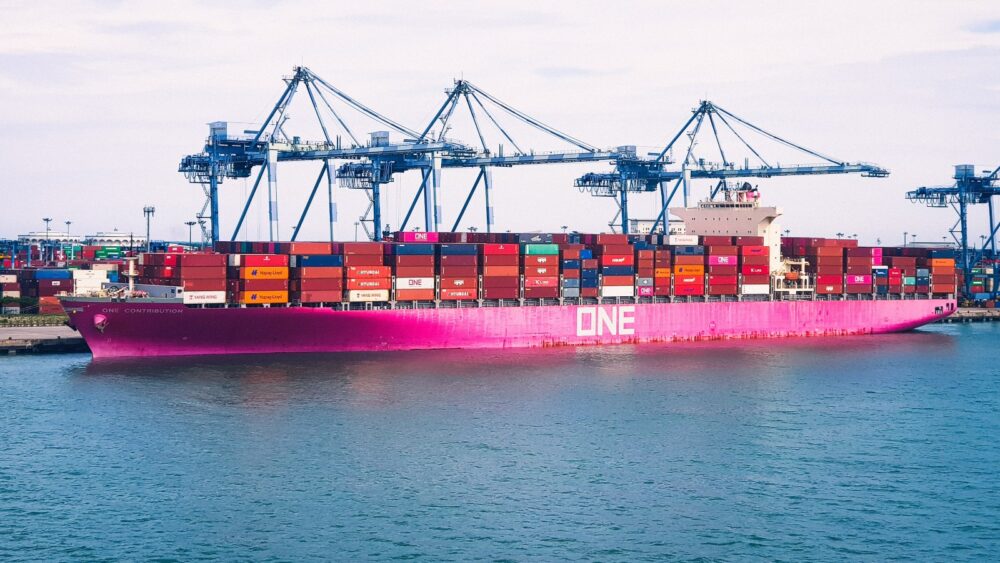
Another portfolio company, DockTech, enables real-time dynamic mapping of depth in canals and shallow ports. This helps ships avoid grounding accidents such as happened to the Ever Given in the Suez Canal.
“This was never a digitized landscape,” says Gartzman. “Today, with applications like DockTech, you can use ships’ sensors to extract data and aggregate that with external sources to map the depth below each vessel in different waterways, from the Rhine to the Mississippi.”
AI to predict arrival time
One of the risk-management tools developed at Windward uses artificial intelligence to predict when a shipment will arrive. Arrival time fluctuates depending on conditions along the route.
“No human knows how to predict arrival,” says Daniel, “and yet 47,000 ocean freight forwarders are doing this pretty much manually.”
Automating estimated times of arrival can cure lots of headaches in the current delay-plagued system.
“Two thirds of containers in the world are transshipped, meaning they’re moved from one ship to another ship when there’s no direct line. From the port, trucks pick up the boxes. Because of the interdependent nature of the supply chain, when there are delays many of these connections get missed,” said Daniel.
“If you can properly predict, you’ll know you are missing connections and you can pre-rebook those connections, or you could switch from truck to rail. There are many actions you can take with the right data and an accurate prediction.”
To sum up, Gartzman says Israeli innovations offer valuable solutions for today’s shipping crisis.
“I truly believe there is something unique in the Israeli solutions, even though there are such technologies being made around the world,” he said.
“We leverage and harness the innovative, vibrant ecosystem of Israel to address all challenges in the global supply chain, help the global market and do good for all the founders and employees.”
Produced in association with Israel21C.
The post Why The Global Supply Chain Is Broken And How To Fix It appeared first on Zenger News.

